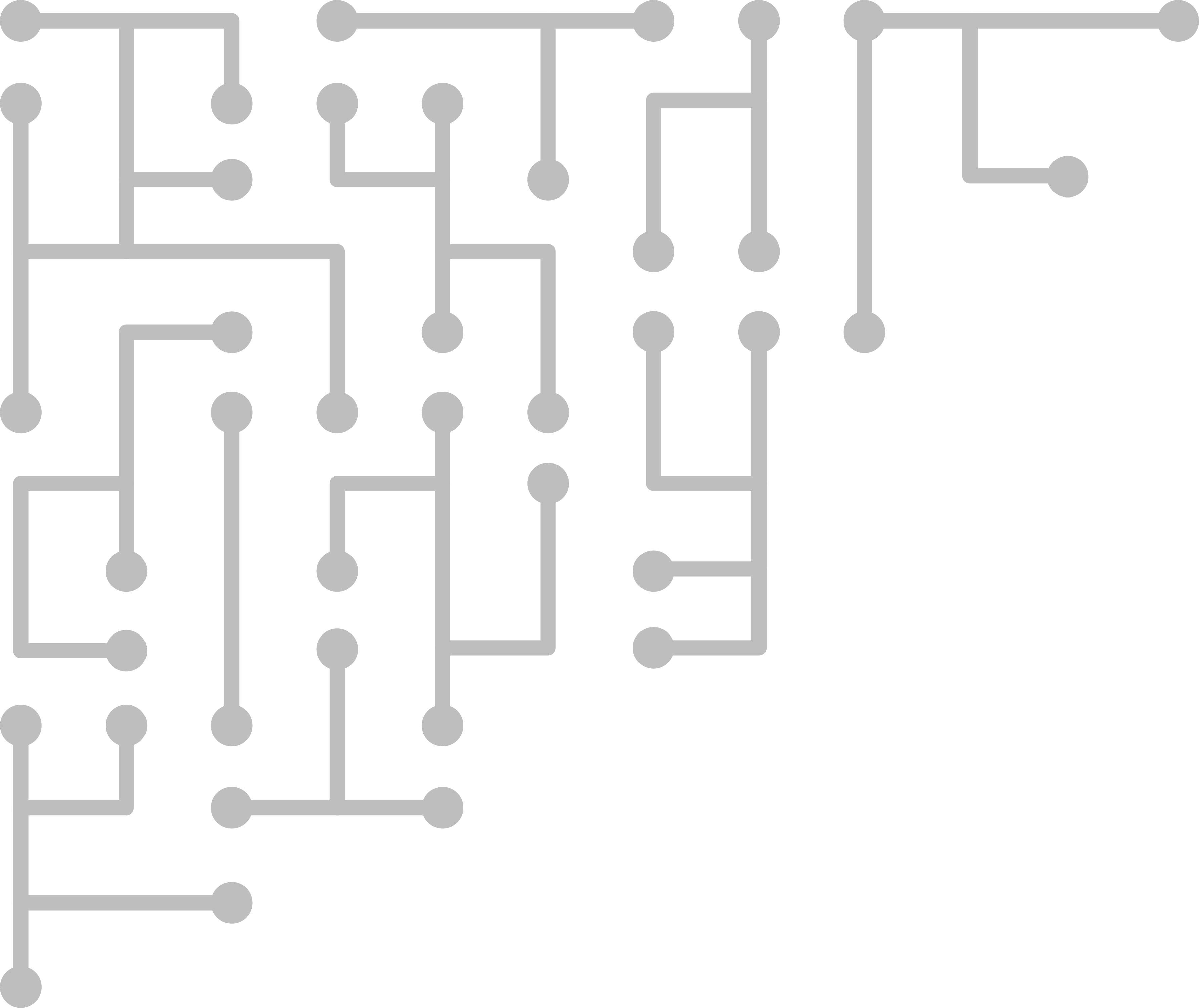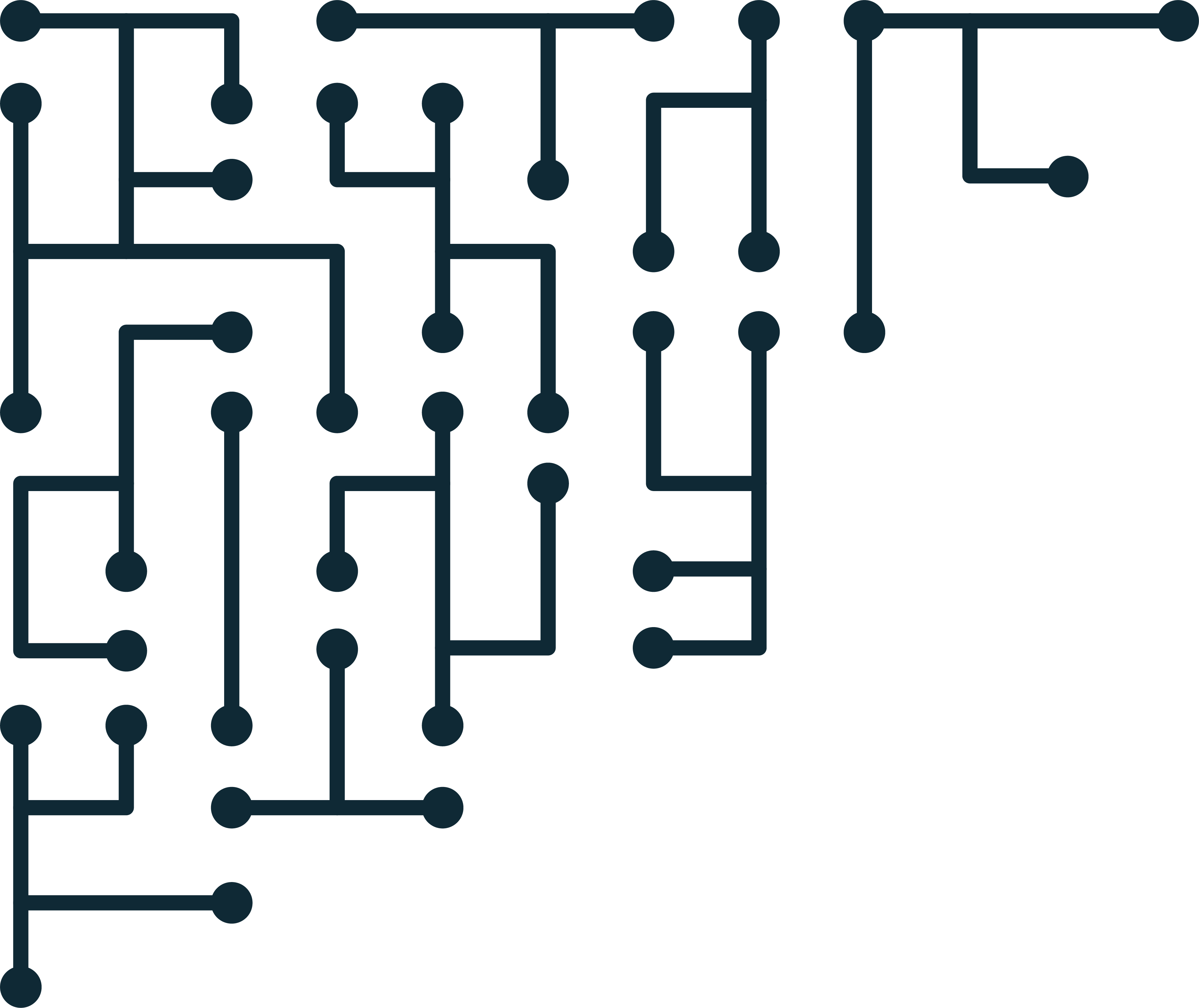Data is valuable. Ransomware takes advantage of the financial or sentimental value of our data, as well as the fact that most homes and organizations do not have adequate data backup solutions in place.
Once a computer is infected with ransomware, individual files are normally encrypted and users are asked to pay a ransom to unlock their data. If the victim pays, the data may or may not be unlocked. Ransomware started off like most viruses, targeting average computer users opportunistically. Ransomware groups, however, started targeting hospitals, police organizations and others.
So what can you do if you are infected with ransomware? Internet vendors and law enforcement have come together to create
No More Ransom. This website gives users information about current types of ransomware, download unlocking tools (for free), provides prevention information and even has a tool to analyze your encrypted files and recommends which unlocking tool to use.
The Problem
Ransomware is possible because people do not have backups in place.
The Solution
Backups.
If you have an extra hard-drive that you are not using, or even another computer that is often on,
CrashPlan is a pretty straightforward backup solution that is free if you save data to your own computers.
Note: DropBox or similar are not good backup solutions because they constantly sync changes. If ransomware infects your systems, the changes may be synced to your cloud storage. With a backup solution like CrashPlan, 1) backup is not instantaneous and 2) CrashPlan keeps track of prior versions of data. So if encrypted files were backed up, you can still restore prior versions. Best of all, CrashPlan provides end-to-end encryption (if enabled).


